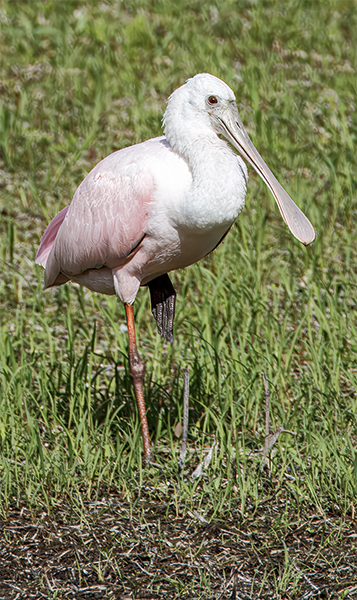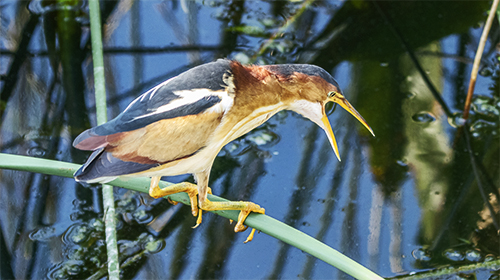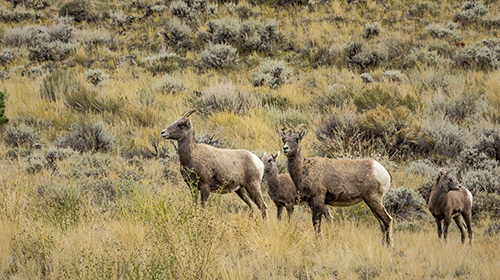Roseate Spoonbill
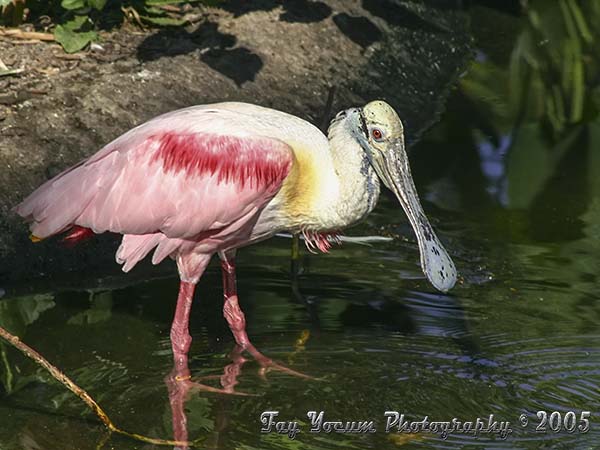
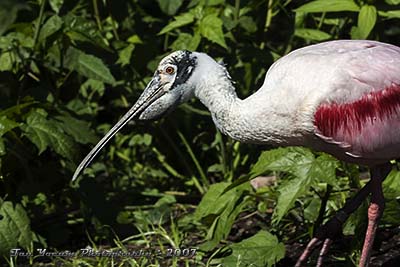
Roseate Spoonbills have been mistaken for flamingos until you get a close look at their long spoon-shaped bill. Then, there is no comparison. Their name comes from their bright pink feathers and odd-shaped bill. Their coloration comes from the crustaceans they eat.
Males and females are very similar, with males being larger and having longer bills.
Spoonbills have adapted to hunt by touch instead of sight since they feed in muddy or vegetation-clogged waters. They hunt while wading no deeper than knee level, keeping their bill slightly open while sweeping their heads side-to-side.
These birds are very social in nature and are often found with other waders and other Sponbills. This is very beneficial since, while feeding, they keep their heads down for long periods. The other birds warn of danger. If the Spoonbill group is alone, one of the Roseates will act as a sentry.
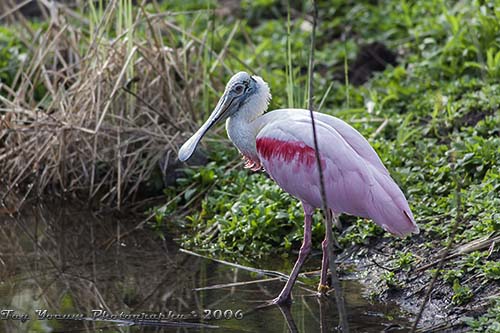
Roseate Spoonbills were almost hunted to extinction, and in the 1940s, they were placed on the endangered list. They were hunted to near extinction to supply the millinery trade for ladies' hats or fans. In the 1930s, Florida's population was down to less than 40 nesting pairs. They are no longer on the endangered list.
Roseate Spoonbills are the only species of spoonbill in America. There are six species of spoonbills in the world, but no other spoonbill is pink.
Spoonbill chicks have a straight bill, and the spoon shape forms as they mature.
